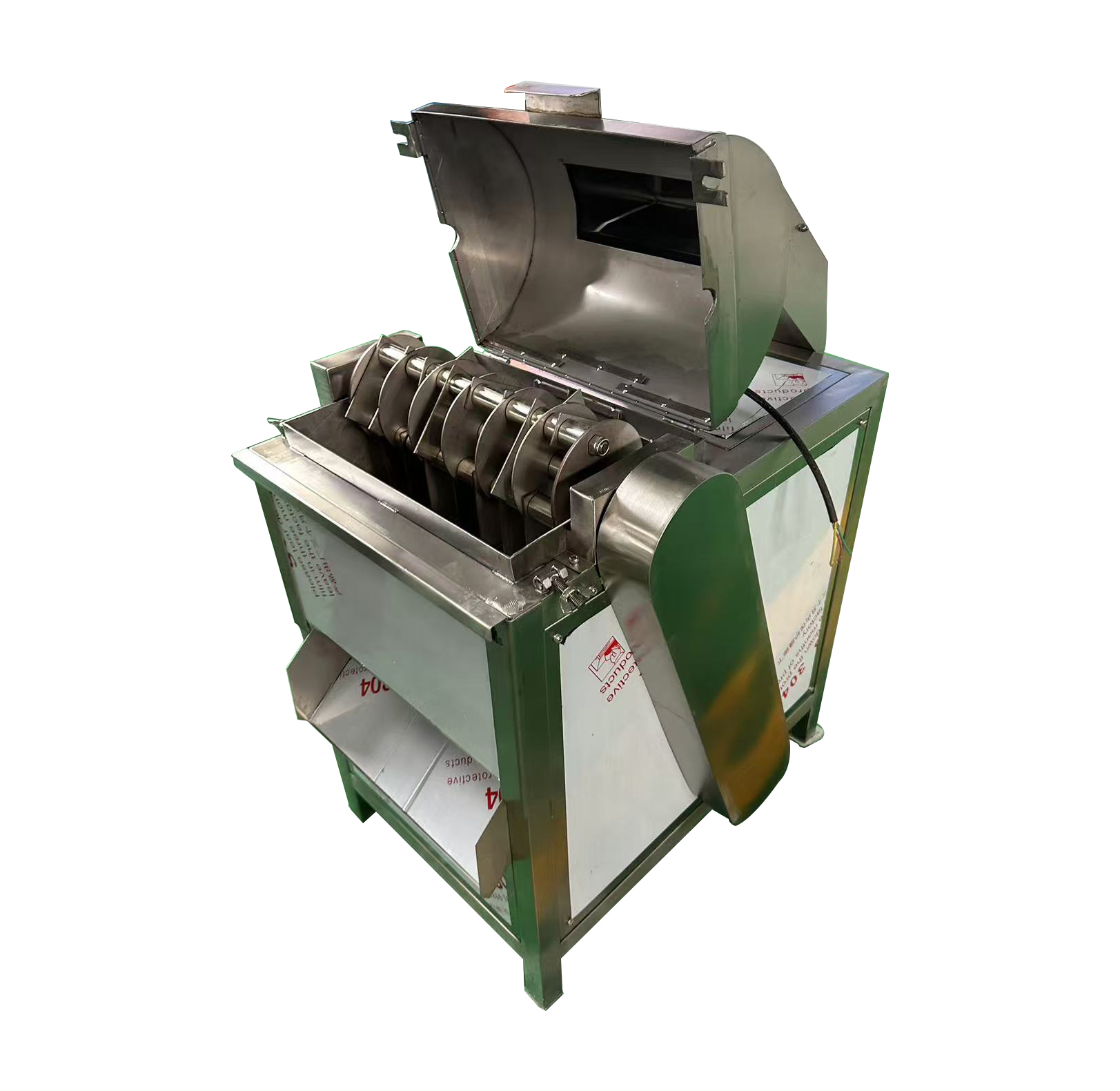- 500L Yogurt, pasteurized milk production line
- Garri Line
- Large Meat Dicing Machine
- The Science and Market of Egg Liquid Production
Ceo: Cosen Zhang
Tel: 15814571173
Whatsapp: +8615814571173
Email: cosenzhang@cookimech.com
Office address: Lingshanwei Huangdao district Qingdao city Factory address:Zhucheng city Shandong Province
Supporting equipment for a water bath sterilization kettle:
Supporting equipment for a water bath sterilization kettle:
A water bath sterilization kettle is a device that sterilizes products by immersing them in hot water, widely used in the food and beverage industry. Its design principle is based on the high thermal conductivity and uniformity of water, ensuring a consistent temperature throughout the sterilization process by fully submerging the product in hot water. This method leaves no sterilization dead spots and is highly effective, making it suitable for specific packaging and heat-resistant products such as canned foods, snacks, and concentrated sauces.
For large water bath sterilization kettles, steam heating is typically required. The first reason is energy efficiency; using electricity to heat such a large volume of water is inefficient and could lead to excessive energy costs. Secondly, with large volumes, traditional electric heating struggles to raise the water temperature quickly and evenly, whereas steam heating can deliver enough thermal energy in a short time to ensure the water reaches and maintains the set temperature. To achieve an efficient sterilization process, the water bath sterilization kettle requires a series of complementary equipment and systems. First, a high-efficiency steam generator or boiler system is needed to quickly generate and supply sufficient steam. Secondly, a water circulation system is essential to ensure the even distribution of hot water within the kettle, preventing localized overheating or insufficient temperatures. Additionally, a precise temperature control system can monitor and adjust the temperature in real-time, ensuring that each batch of products meets the expected sterilization standards. Finally, an automated control system helps streamline the operation process, improving production efficiency and reducing the uncertainties associated with manual intervention.
In summary, the design of a water bath sterilization kettle must consider not only the sterilization effect but also the ability to provide efficient and stable heating in large-scale production. Steam heating, advanced water circulation, temperature control systems, and automation are all critical components that ensure its superior performance.











